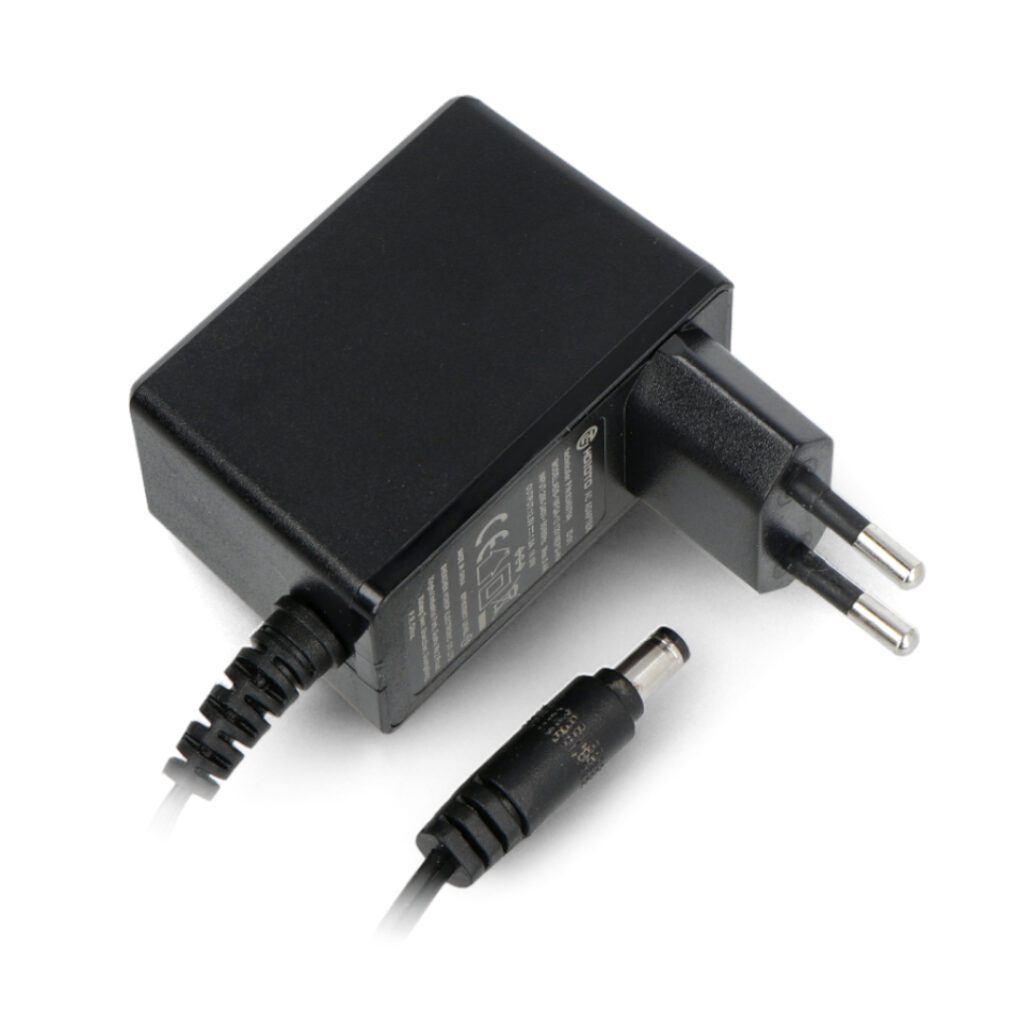Table of Contents:
Arduino is a platform that has gained great popularity among hobbyists, students, engineers and enthusiasts of various electronic projects.
In order to ensure the correct and stable operation of such a circuit, it is necessary to have an adequate power supply.
How is current supplied to the iconic microcontroller?
We analyze for you the key aspects of Arduino power supply and discuss practices that will help avoid problems related to the operation of this platform.
What is an Arduino?
It is worth starting with the fact that Arduino is an open development environment and hardware platform, designed for simplicity as well as accessibility in the field of electronic circuit design.
It includes both a current-powered board and easy-to-use software, allowing the microcontroller to be programmed to control various devices or systems.
Arduino vs. power supply - what solutions are available?
In the case of the Arduino, the power supply comes in several variants that you can use depending on the specific requirements of your project.
Among the most important of these are:
1. power adapter
The traditional supply of power to the Arduino via an AC adapter is one of the most popular and reliable solutions.
In this case, the microcontroller is connected to a power source using a well-known from many devices switching power supply with a DC 5.5 / 2.5 mm or 2.1 mm plug.
It converts the mains voltage from the range of 200 V – 240 V to DC voltage, reduced to 12 V.
This is a convenient solution, especially if you use the platform in a place where you have constant access to mains power.
However, remember to properly adjust the voltage to the specifications of your particular Arduino board.
Powering it with too much current can cause damage to the microcontroller, while too low a voltage will lead to interruptions in the platform’s operation.
2 Arduino USB power supply
If you’re planning a project with an Arduino board, you can also bring power through a USB port.
Many models of this minicomputer support popular communication interfaces that allow you to connect it to a computer or other power source via a USB cable.
This is practical if you are working at a computer and want to program and power your project at the same time, characterized by lower power requirements.
3. battery power
For projects that require mobility or operation in locations where access to power is limited, battery power is a popular solution.
The Arduino can be powered by alkaline or lithium-ion batteries – all you need is a suitable basket, into which you will put rechargeable batteries.
Remember, however, that different Arduino models have different parameters for current consumption, which affects the battery life.
Therefore, before choosing a battery power supply, it is important to estimate the power requirements of your project.
4. solar power supply
The Arduino can also be powered by a module, allowing a mobile solar power source to be connected to the board.
This innovative solution, an excellent example of which is the overlay Solar Charger Shield.
The overlay allows you to power the Arduino from any battery with a voltage of 3 V to 4.2 V or from a solar panel with a voltage of 4.8 V to 6 V. Great for projects where you don’t have access to conventional power sources.
Safe power supply for Arduino - what to keep in mind?
The basic rule for safe use of Arduino is to comply with the power supply parameters specified by the board manufacturer.
Different models may be compatible with different voltage levels, but the most common is 5V.
It is worth carefully checking the technical documentation of the microcomputer in question to avoid supplying the wrong voltage, which can lead to the board burning up and damaging other components connected to it.
If you are using an external power supply on your Arduino, it would be a good idea to use a regulator.
It allows you to maintain a stable voltage at the level required by the platform, regardless of fluctuations in the input voltage.
This is important if you use solar panels, batteries, or other power sources that can generate fluctuating voltage.
With the regulator, you will guarantee a safe and stable power supply for the project in progress.
Arduino power supply key to effective operation
Power supply is a key aspect of any electronic project using Arduino.
A well-chosen solution will not only ensure the stability and reliability of the board’s operation, but will also affect its lifespan.
By choosing the right power supply, using protection and taking care of voltage stability, you can maximize the potential of this versatile platform.
Remember to tailor the power supply to the specific requirements of the project, which will contribute to efficient and trouble-free operation with the Arduino.
How useful was this post?
Click on a star to rate it!
Average rating 0 / 5. Vote count: 0
No votes so far! Be the first to rate this post.




















